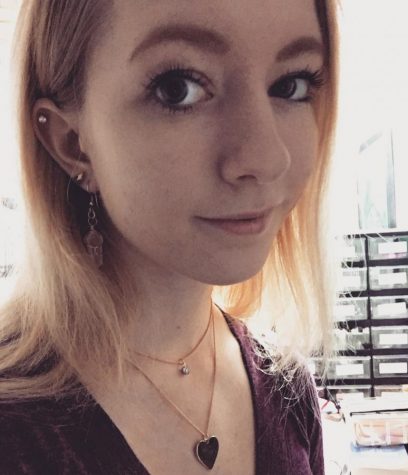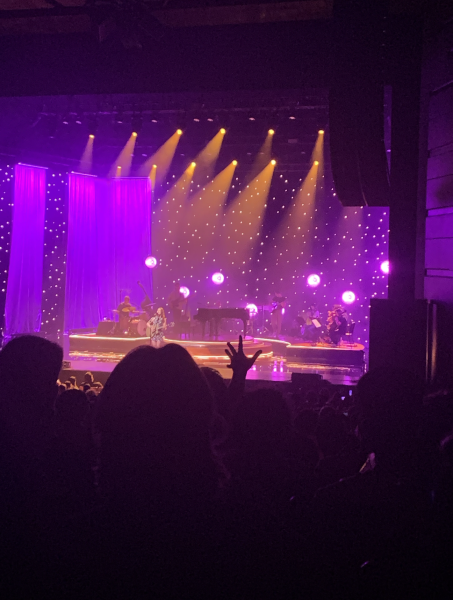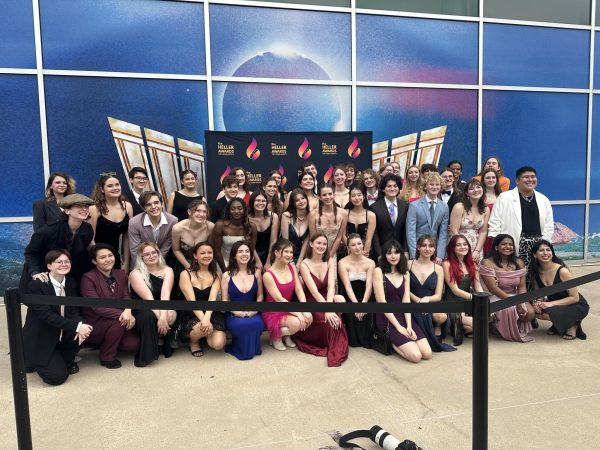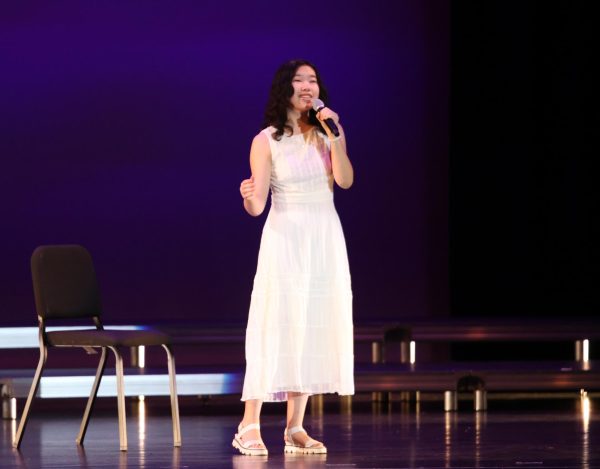‘A Quiet Place’ Sets Precedent for Deaf Culture Representation
Since the end of the silent-film era, the presence of Deaf characters in film — let alone those portrayed accurately, kindly, and by actors who are themselves Deaf — has been close to nonexistent, with the Wikipedia page listing movies directed, written, produced, and starring Deaf people containing only nine entries over a span of nearly a century. Like many marginalized groups, Deaf people have historically been often represented in cinema as offensive jokes or harmful stereotypes, with sign language reduced to nothing more than meaningless gestures intended for the audience to make fun of. This is why John Krasinski’s new horror film, A Quiet Place, released on April 6, 2018, is so important. Although neither directed nor produced by a Deaf person, it does star Millicent Simmons (a Deaf actress) as the family’s Deaf daughter. Her Deafness is presented authentically and plays an essential role in the story, as does the character herself. Having a respectfully represented Deaf protagonist in such a highly anticipated and well-received release speaks wonderfully for future awareness about Deaf culture in a largely hearing industry.
Cormac McCarthy’s The Road meets Stranger Things as the story unfolds in a grim prediction of a possible future not so far away from our own time; in the year 2020, Earth has become overrun and quickly picked apart by sightless, alien creatures with impossibly sensitive hearing that they use to hunt the dwindling human population that has managed to survive. To protect themselves, one family (played by Simmons, Krasinski, Emily Blunt, Noah Jupe, and Cade Woodward) speaks only in sign language — an easy transition, as their daughter (Simmons) is Deaf. The family must avoid making as much noise as is preventable, going so far as to walk barefoot at all times and mark which parts of the wooden floor in their home are likely to creak when stepped onto. After the death of their youngest son (Woodward) at the hands of one of the creatures, they become especially cautious, and tensions rise as to whom the blame belongs. With a new addition to the family on the way (bringing with it the crying that anyone who’s had a baby in their house will recognize as nearly constant), they must take extra steps to keep themselves safe.
A Quiet Place deviates from many modern horror films in its comparative lack of reliance on gore and special effects. What isn’t shown is much more of a focus than what the audience is allowed to see, creating a delightfully refreshing atmosphere of paranoia and masterfully-crafted suspense that makes the payoff in the end far more terrifying than it would have been had the build-up been rushed. The amount of substance packed into the mere hour-and-a-half runtime paints the illusion of the film being much longer without dragging or becoming tiresome. However, the restful moments in between are interspersed so intentionally that each twist manages to maintain an element of surprise. The cinematography supports the apprehensive atmosphere of the movie, with the camera often focusing on the actors’ expressions rather than what they are reacting to and sometimes obscuring the frame to make the audience unsure of what exactly it is that they are being shown. Viewers are placed directly into the characters’ shoes as we are shown each event as though we are there experiencing it for ourselves. The tensity throughout is provided a foil through the underlying tones often missing from the horror genre: much of the focus is on the family’s dynamic and their interpersonal struggles. Love and compassion hold control over their motivations and interactions rather than fear, offering the audience both brief relief from the oppressively dour ambience as well as lack of warning before each new scare presents itself. Supporting this is the gorgeous and arguably serene setting — a stretching forest, a tranquil and quaint farm decorated with strings of fairy lights, abandoned streets of a small town that all serve as a contrasting backdrop for the horrifying events that ensue.
None of these aspects would have worked to create such an engaging film without the cast’s wonderful chemistry: the parents are played by Krasinski and Blunt, and their marriage extending into real-life makes their actions and motivations appear genuine in a way that many stage relationships fail to do. Their connection with their onscreen daughter, played by Simmons, feels nostalgic in the realistic way they manage to portray the struggles of raising a teenager, especially during the Apocalypse. Simmons acts with such natural ability that her being only 14 years old came as a shock to me, as she handles each emotion and scene with such maturity of style that her actually being that young seems impossible, setting the bar high for young actors in the future.
I felt apprehensive walking into a movie that I knew had hearing actors who had learned American Sign Language (ASL) only for the film. There has been a lengthy history of ASL poor in quality shown in movies by actors who aren’t native Signers and made little if any effort to appear as though they were. In addition, many Deaf characters are played by hearing actors because of the mistaken belief that Deaf actors are incapable or difficult to work with. This is clearly a myth, but one continually perpetuated by Hollywood and the film industry as a whole. To my pleasant surprise, all hearing actors who Sign in the film did so proficiently and with apparent ease, with Deaf mentor Douglas Ridloff to thank for teaching the actors their lines and being onset to make corrections when needed. Simmons also assisted her fellow actors in ensuring their Signs looked natural, carried the intended connotations, and fit each character’s voice (the father’s Signs being very brief, the mother’s more expressive, and the daughter very defiant). The ASL followed correct grammar structures rather than falling prey to the too-often used (on the misbelief that ASL is ‘basically English, but with hands’) English sentence-structure. However, at many points in the movie, the actors’ hands were cut out of the frame. Although the movie had English subtitles, this is an unfortunate mistake — can you imagine attending a screening in English with Spanish subtitles, only to have the English audio muted? This spreads the idea that ASL is a language used only in theory and that it is out of the norm, and although likely unintentional, it is still a harmful message to disseminate.
As far as the writing of the dialogue is concerned, it feels awkward on occasion (specifically interactions between the father and his son). However, this does not detract from the film as a whole. On a more positive note, the movie does present the discomfort many Deaf people have with cochlear implants and oralism, and the audience often gets to experience events through the daughters point of view, highlighted with no sound at all. Outside of the daughter’s viewpoint, the majority of the movie is very near to total silence. This was a brave move in our current cinematic climate, saturated by over-the-top sound effects and sometimes melodramatic soundtracks, and a choice done exceptionally well. Before writing this article, I had been tempted to accuse this film of being jumpscare heavy, although upon second consideration, every noise becomes a jumpscare when there is no sound otherwise, so I rescind my criticism.
I have many high hopes for this movie’s implications: that it will foster greater understanding and acceptance of the Deaf community in a hearing-dominated world, that it will create a mutual desire for sensitivity between the two cultures through enjoyment of an American staple, that it will raise awareness of the lack of diversity and representation in Hollywood, and that it will inspire audiences to push the film industry to show greater respect to Deaf performers and increase their presence in mainstream film. I encourage each one of you to see this movie, to tell your friends about it, and to support it on as many platforms as possible.







